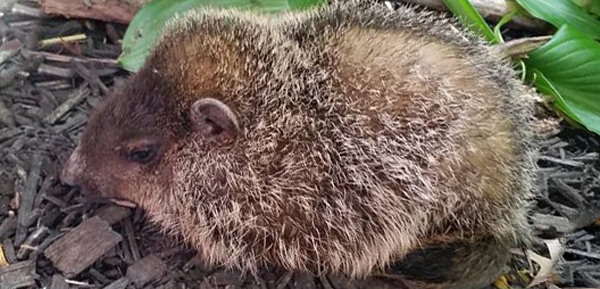- info@wildlife-removal.com
Call us for help in your town
Wildlife Removal Education
Where to Relocate A Trapped Groundhog
Need groundhog removal in your hometown? We service over 500 USA locations! Click here to hire us in your town and check prices - updated for year 2020.
The groundhog is a real pest of an animal if it finds its way into your yard or garden, and one of the best ways of getting rid of the animal is to catch it in a cage trap and then to relocate the animal. However, there are several factors to bear in mind when choosing a suitable place where you can relocate the animal, including the effect the animal may have in its new habitat, and whether the relocation is legal in your area. Here are some features to consider when planning to relocate a trapped groundhog.

The Natural Habitat Of The Groundhog
When it comes to the animal's natural habitat, the groundhog is usually found in areas on the fringes of woodland with a burrow in open ground near the woods. However, the animal is also very adaptable, so it has been able to survive in a range of different habitats, but areas near woods give the groundhog the best possible chance of survival after relocation.
Checking Local Regulations
Dealing with pest animals and particularly relocating animals is an area that some county administrations have legislated against. This means that it is very important that you choose a location that will allow you to relocate without breaching any local laws. If relocation is not an option, then it is worth asking your local animal services department about euthanasia options they can offer.
Distance From Your Property
One of the key features to remember when you are relocating a groundhog is that it shouldn't be able to get back to your property, so it is important to make sure that it is far enough away so that this doesn't happen. Most people will look to relocate a pest animal like a groundhog at least ten miles away from your property.
What To Avoid When Choosing A Relocation Spot
You do not want to be passing your pest animal on from yourself to somebody else, so one of the key things that you should look to avoid when relocating a groundhog is that you do not leave the animal too close to another domestic property where it can become a nuisance. You should also look to avoid leaving a groundhog too close to agricultural land where possible, as these animals are not just problems to householders, but are a massive pest for farmers too, especially when they build a burrow near a field or crops.
Go back to the Groundhog Removal page.


















